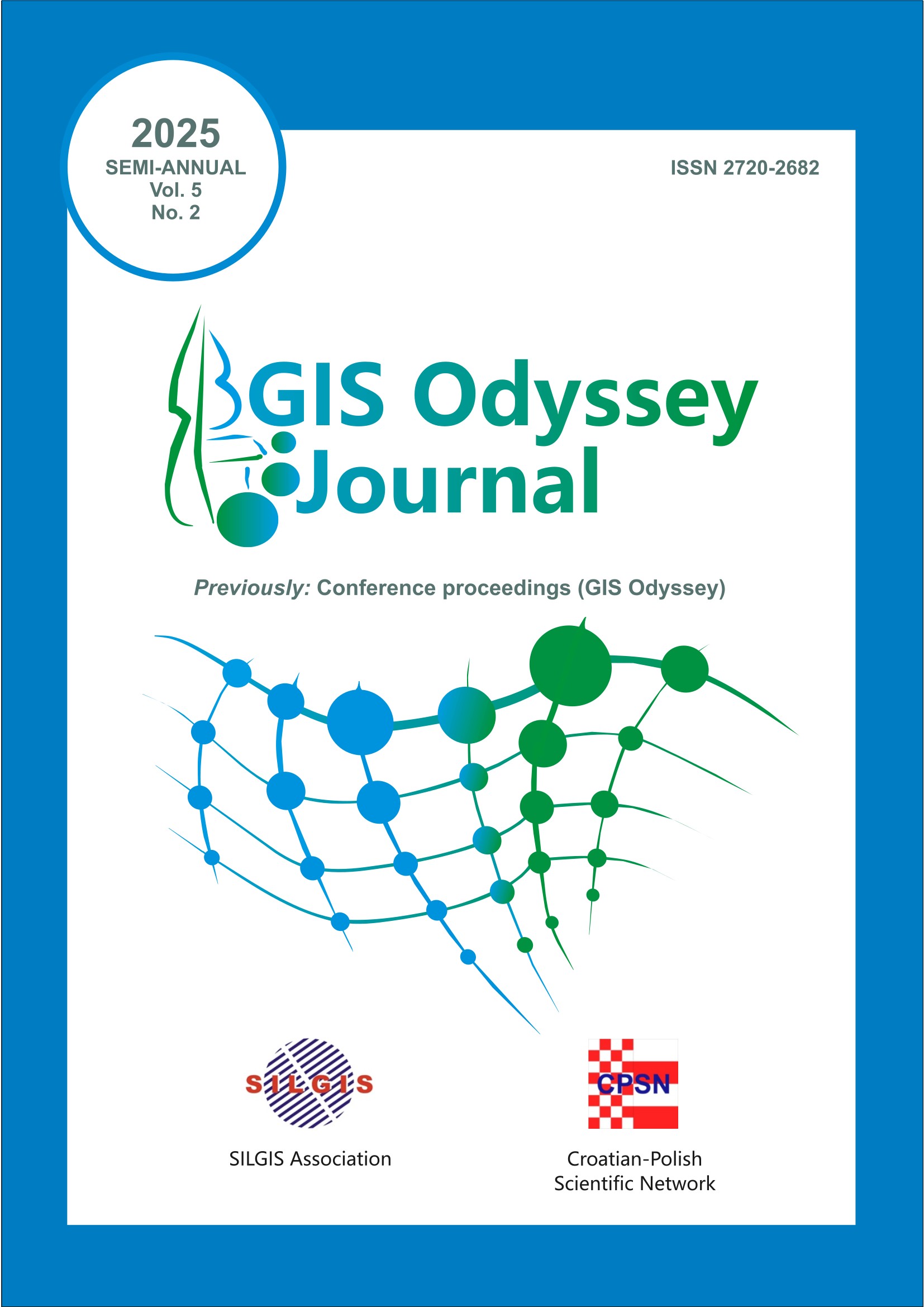USE OF THE CAPABILITIES OF GIS SYSTEMS IN THE AREA OF CYBERSECURITY
DOI:
https://doi.org/10.57599/gisoj.2025.5.2.73Keywords:
cybersecurity, Geographic Information Systems (GIS), security management, systems integrationAbstract
We are currently dealing with a very dynamic development of digital
technologies and, consequently, we are also dealing with an increasing number of cyber
threats. This state of affairs makes ensuring the security of the information processed in
an organisation and the security of the IT systems in operation a key element of the
security strategy of any IT solution in which data is processed. One class of such systems,
processing collections of key information, are Geographic Information Systems (GIS).
Information security and proper protection of data, especially strategic data, is becoming
an increasing challenge. This paper outlines how geo-location tools can be used to support
cyber-security and cyber-resilience building activities. It discusses how GIS systems can
be used to develop a roadmap of operations for defence and intelligence systems and help
analyse, share information and create situational awareness. A literature review and case
studies of attacks on GIS systems and data leaks identify the main challenges and
requirements related to the possibilities of using GIS-class systems in the area of cyber
security. The results of the research present directions for building cyber resilience and
cyber responsibility for the data held by the organisation. The article concludes with
practical conclusions and suggestions for future research directions in the area of using
GIS class systems in the field of cyber awareness and cyber security. Although geospatial
analysis has been extensively applied in physical security and logistics, its application in
digital threat environments is a relatively unexplored area of research.
Downloads
Published
How to Cite
Issue
Section
License
This is an open access publication, which can be used, distributed and reproduced in any medium according to the Creative Commons CC-BY 4.0 License.







